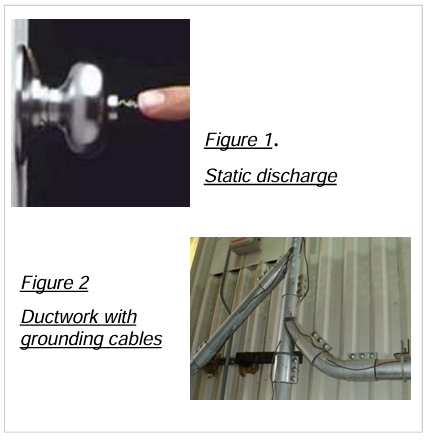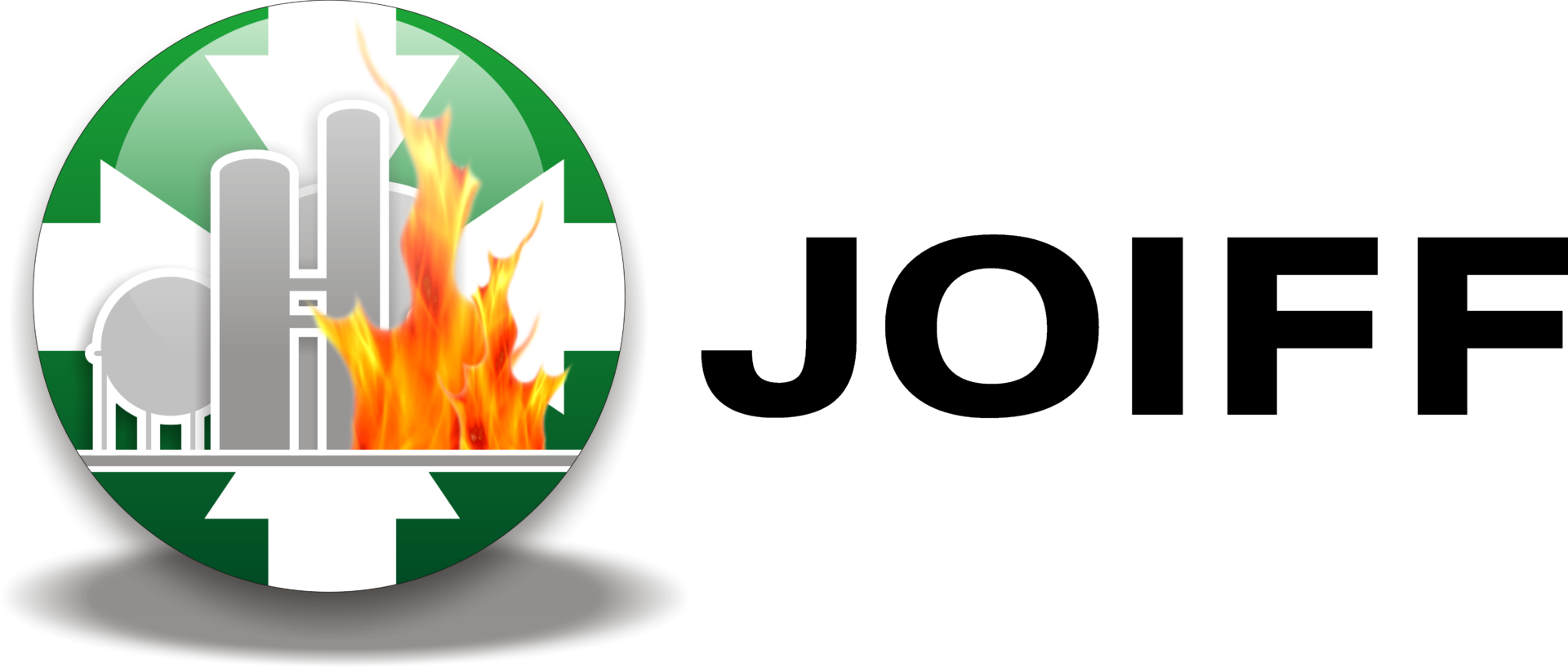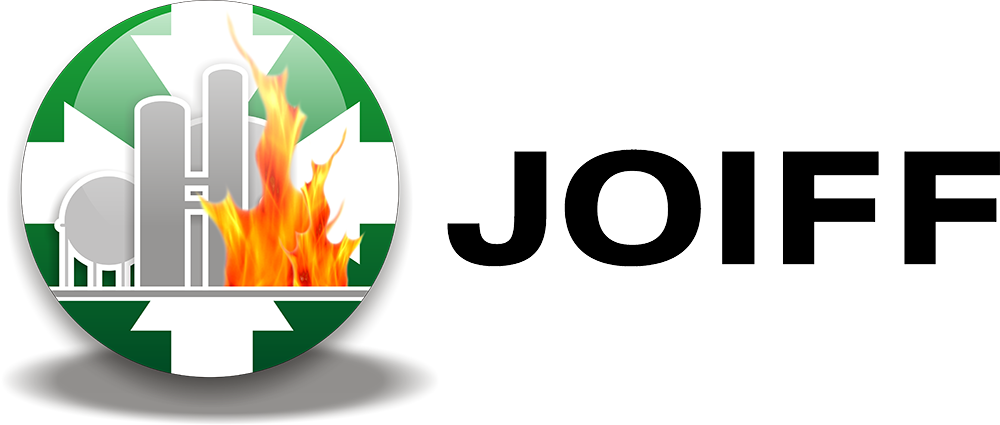Process Safety Beacon: Static accumulation gives warning signs !!

Case study1
An operator was screening a pharmaceutical powder by manually loading a mechanical vibrating sieve. The sieved powder was collected below in a stainless steel drum on a dolly with insulating (nylon) wheels. A dust flash fire occurred between the sieve and the drum. The operator had experienced small electric shocks from the collecting drum for several months before the fire, without recognizing these smaller shocks as a potential ignition source.
Case study 2
An operator was adding powder to a reactor from plastic bags. There was a flash fire at the manway, which engulfed the operator. The operator was not injured. There were several warning signs before this incident. Powder was sticking to the plastic bags making it difficult for the operator to empty them. Bags were sticking to the operator and charging chute.
Did you know?
- Static discharges are frequent ignition sources for flammable and combustible materials. (Ref. Dec 2008 and Feb. 2021 Beacons)
- When two surfaces come together and then separate, an electrostatic charge can be transferred between those surfaces. This can occur during pneumatic transfer, sieving, milling, blending, and pouring.
- The two surfaces can be a solid and a liquid that occurs during liquid transfer, mixing, filtration. It can also be two solid materials such as solid material flowing in or out of a container or flowing through piping or ductwork.
- Static charge can also be generated by moving equipment such as conveyor belts moving over rollers.
- Static discharges have warning signs:
– Sounds including a snap or crackle
– Visual signs like a bluish arc or glow
– A prickly sensation on hands or arms - Grounding and bonding are important safeguards to prevent static charge accumulation, but they must be maintained to be effective. (Figure 2)
- Static accumulation can be detected using fixed or portable meters.
What can you do?
- Heed the warning signs of static accumulation listed above. When you see, hear, or feel, any of these, notify your supervisor so they can be investigated.
- Report signs of static discharges to your supervisor. They can issue a work order to have someone investigate and correct them.
- Report damaged or loose grounding cables to your supervisor.
- Discuss static accumulation and discharges during hazard analyses as potential ignition sources.
- Review static generation during Dust Hazard Analyses (DHAs); solids handling frequently generates static.
Download the latest Process Safety Beacon
©AIChE 2025. All rights reserved.

